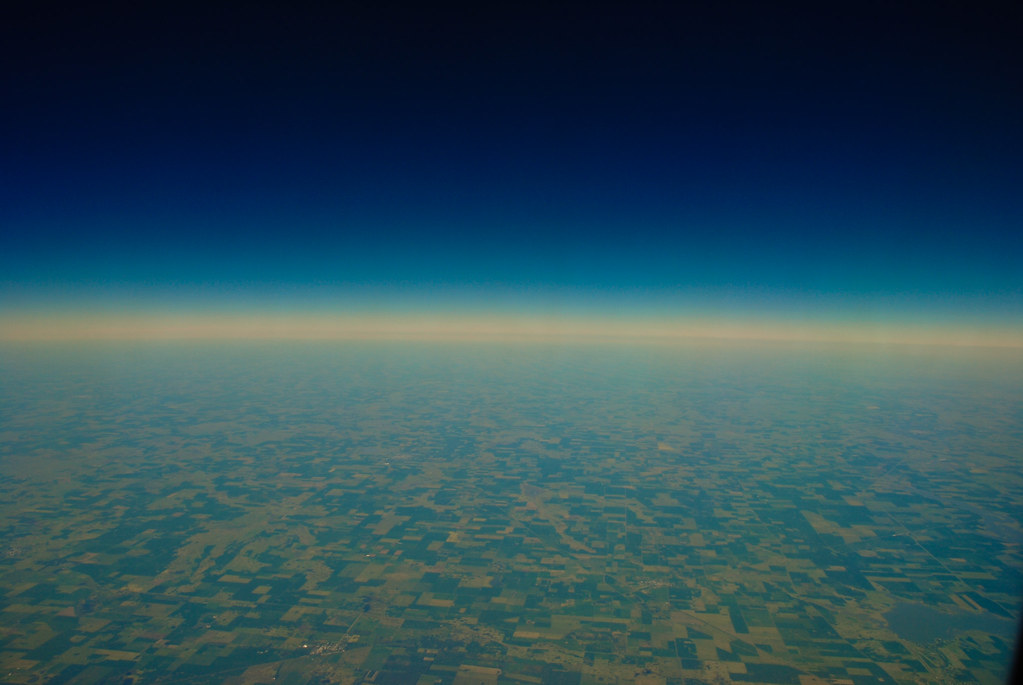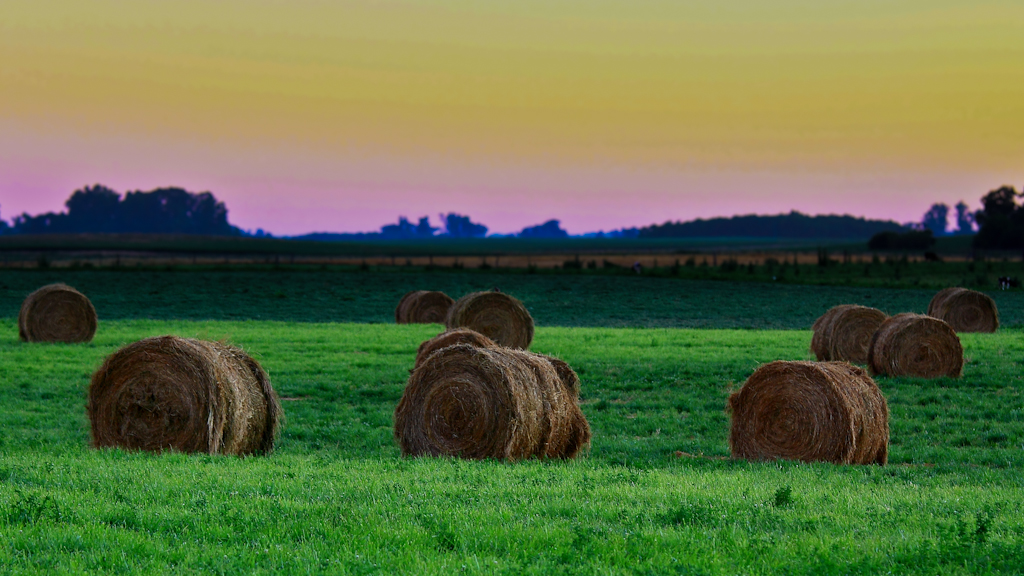 Posted Jun 24, 2013, 9:17 PM
Posted Jun 24, 2013, 9:17 PM
|
|
Registered User
|
|
Join Date: Jun 2012
Location: Tucumán, Argentina
Posts: 3,439
|
|
Pampas (plains)-Several provinces in Central Argentina
The Pampas (plains) are fertile lowlands, covering more than 750,000 km2 (289,577 sq mi), that include the Argentine provinces of Buenos Aires, La Pampa, Santa Fe, Entre Ríos and Córdoba. These vast plains are a natural region only interrupted by the low Ventana and Tandil hills near Bahía Blanca and Tandil, with a height of 1,300 m (4,265 ft) and 500 m (1,640 ft) respectively.
The climate of the Pampas is generally temperate and the dominant vegetation types are grassy prairie and grass steppe. The region is known for supporting extensive ranching and agriculture.
Some of the wildlife includes the rhea, the pampas deer, several species of armadillos, the pampas fox, the White-eared opossum, the Elegant Crested Tinamou, and several other species.



|



